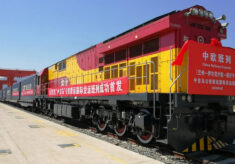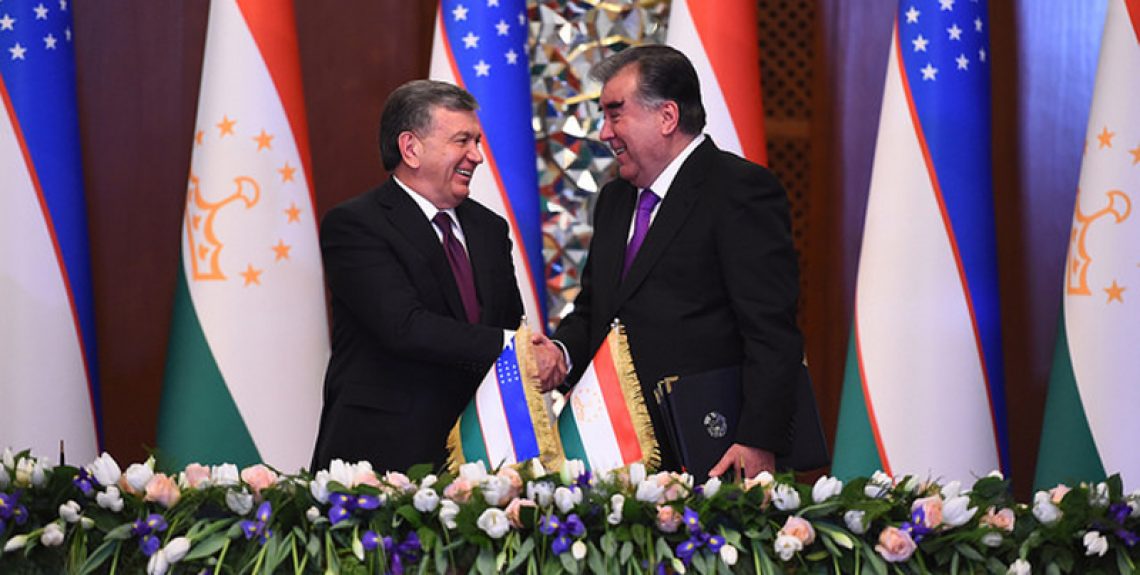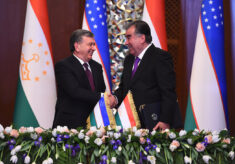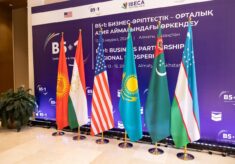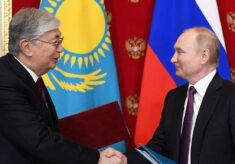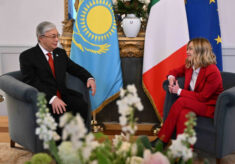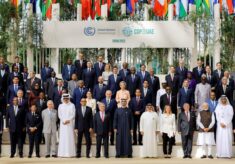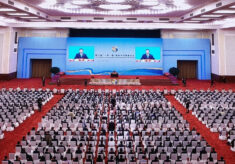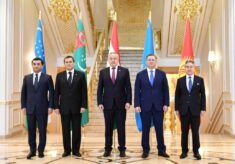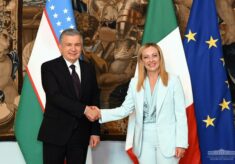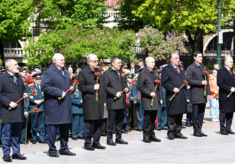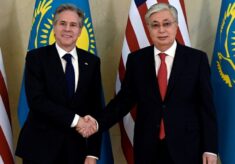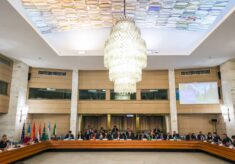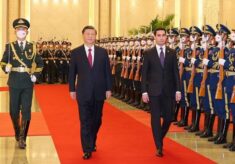The official visit of the Uzbek President Shavkat Mirziyoyev to Tajikistan in mid-April represents a further, clear signal of the progressive improvement of bilateral relations between these two neighbouring Central Asian countries. The visit will also contribute to the strengthening of political and trade cooperation in the region, and to the legitimation of Central Asia’s role as an influential player on the international scenario.
During the summit held in Dushanbe, Tajik President Emomali Rahmon underlined how Uzbekistan “represents a strategic and reliable partner, on the basis of relations based on solid principles of friendship, good neighbourliness and respect for mutual interests” (Tajikistan’s Minister of Foreign Affairs, Top-level meetings and negotiations between Tajikistan and Uzbekistan, April 13, 2024). In this perspective, Mirziyoyev and Rahmon signed the Treaty on Allied Relations which testifies to the growing reciprocal trust between the two nations established in the last seven years. This agreement that commits the two nations to a close collaboration in preserving and promoting regional security by fighting against existing hybrid and traditional threats. The alleged recent involvement of Tajiks citizens in Moscow’s terrorist attack under the banner of the Islamic State-Khorasan group reveals the shared concern about regional destabilisation.
From this high-level meeting emerged the joint will to implement cooperation in the economic, trade, cultural and security fields, also planning collaboration activities in the digital economy, technological research and development and in the sphere of industrial services. In 2023, trade turnover between the two nations exceeded 750 million dollars; and the two presidents committed to reach a 2 billion dollars target in the coming years, so that both can reduce imports of goods from third “non-Central Asian” countries. Currently, around 370 Uzbek-Tajik joint ventures are operational in the two nations, but the project to create a free trade area “Oybek-Fotekhobod” along the shared border could increase the volume of trade, attracting investments (“Uzbekistan and Tajikistan Forge Alliance in Historic Agreement”, News Central Asia, April 19, 2024).
Cooperation in the energy, water management and infrastructures is an interesting priority for both countries, because it can further cement mutual trust, overcoming the misunderstandings of the past decades, mainly based on the demarcation of the shared border and the fierce opposition of the former Uzbek President Karimov against Tajiks’ projects to develop hydropower plants. Uzbekistan and Tajikistan intend to complete the joint project by building two hydroelectric power plants in the Zarafshan river basin, the precondition of which is an agreement for shared water management between the five Central Asian nations. In parallel, the two governments aim at the joint construction
of solar power plants and wind farms.
The objective of developing regional infrastructural connectivity is based on the creation of new transport routes (railway corridors and road networks). These sub-regional trade corridors will be inserted into the regional infrastructural architecture which aims to promote the economic corridor linking Europe and Asia, opening new outlet markets for the landlocked Central Asian republics.
